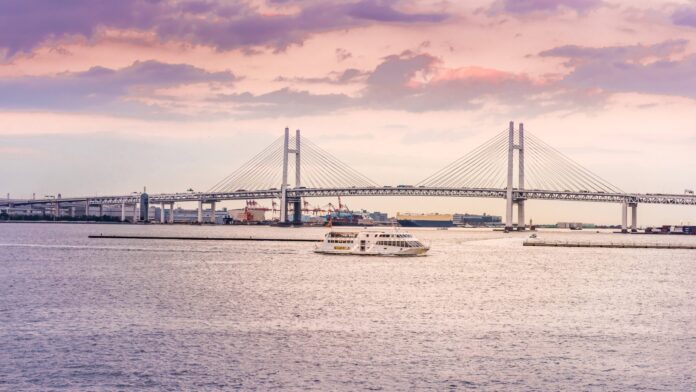The ransomware attack, allegedly launched by Russia, targeted a container terminal at the Port of Nagoya in Aichi Prefecture
Japan’s biggest maritime port suffered a ransomware attack that significantly disrupted cargo operations. The attack, allegedly launched by Russia, hit a container terminal at the Port of Nagoya in Aichi Prefecture, resulting in an outage Tuesday morning, according to the Nagoya Harbor Transportation Authority.
Increasingly, ports around the world are turning to automation and other digitalization tools to improve operational efficiencies; however, this also makes them more vulnerable to bad actors, which introduces potential threats to shipping operations on a global scale.
Ransomware attacks involve the encryption of an organization’s data and the extortion of money—often, large sums of money—in order to restore data access, according to Verizon’s annual Data Breach Investigations Report (DBIR) for 2023, both the frequency and cost of such attacks are on the rise.
The DBIR concludes that ransomware costs and the number of incidents have risen dramatically over the past two years. The report authors note that in the past two years, there were more ransomware attacks than in the previous five years combined. Ransomware incidents with a reported loss ranged between $1 and $2.25 million, with a median cost per incident of $26,000. With financial gain as the driving force behind the vast majority of cyberattacks, ransomware will continue to be a factor so long as it provides a payoff. It represented nearly one in four data breaches, making it one of the top methods for cyberattacks, and is “ubiquitous among organizations of all sizes and in all industries,” the report says.
“That almost a quarter of breaches involve a Ransomware step continues to be a staggering result,” the authors wrote. “However, we had been anticipating that Ransomware would soon be hitting its theoretical ceiling, by which we mean that all the incidents that could have Ransomware, would have. Ransomware is present today in more than 62% of all incidents committed by Organized crime actors and in 59% of all incidents with a Financial motivation, so sadly there is still some room for growth.”
Cyberattacks of all kinds, however, are on the rise around the world, and Nagoya is just one of several ports to be recently targeted by malware. For instance, bad actors infiltrated the computer systems at Portugal’s Port of Lisbon, holding up operations for days, and in 2021, South Africa’s port and rail company was hit with its own ransomware attack.
At the Port of Nagoya, the expectation is that the latest attack won’t impact the shipment of new cars, Japanese automotive giant Toyota Motor Corp. said, but acknowledged that for now, imported and exported parts cannot be loaded or unloaded until the problem is resolved.
Port operations are expected to resume Thursday at 8:30 a.m. local time.

